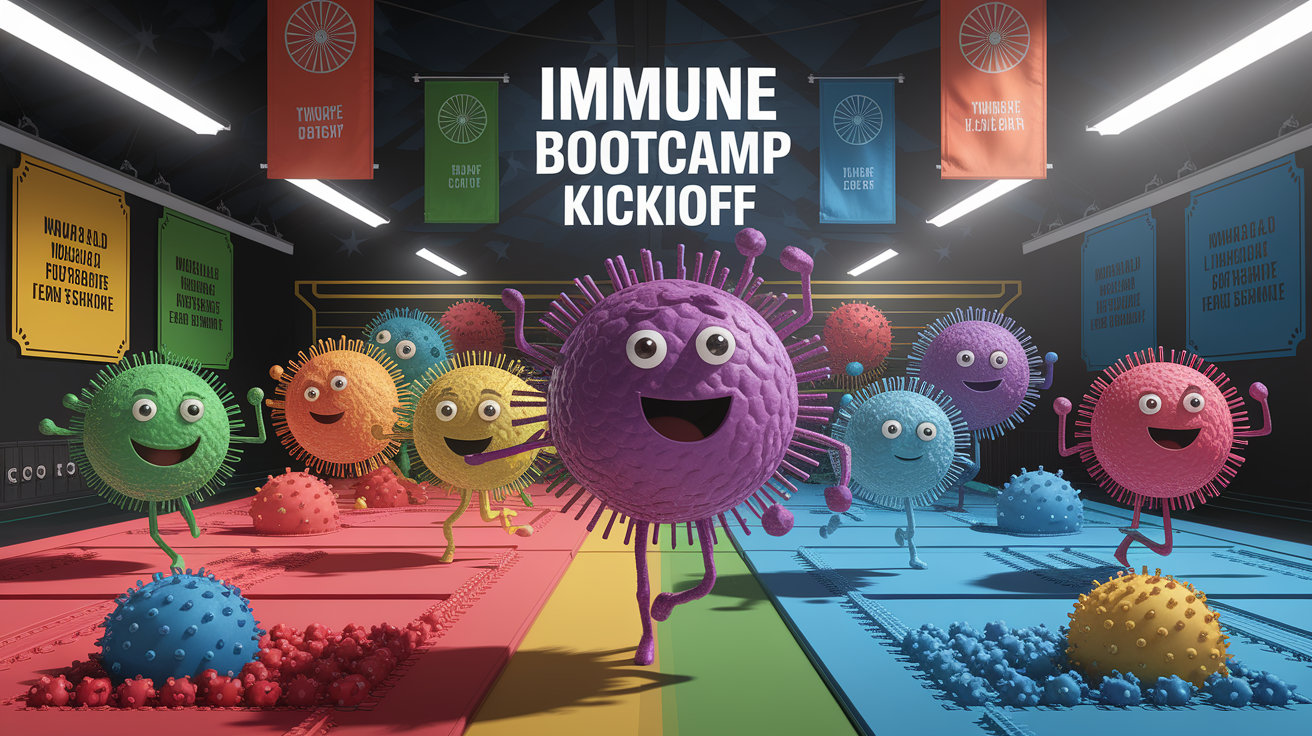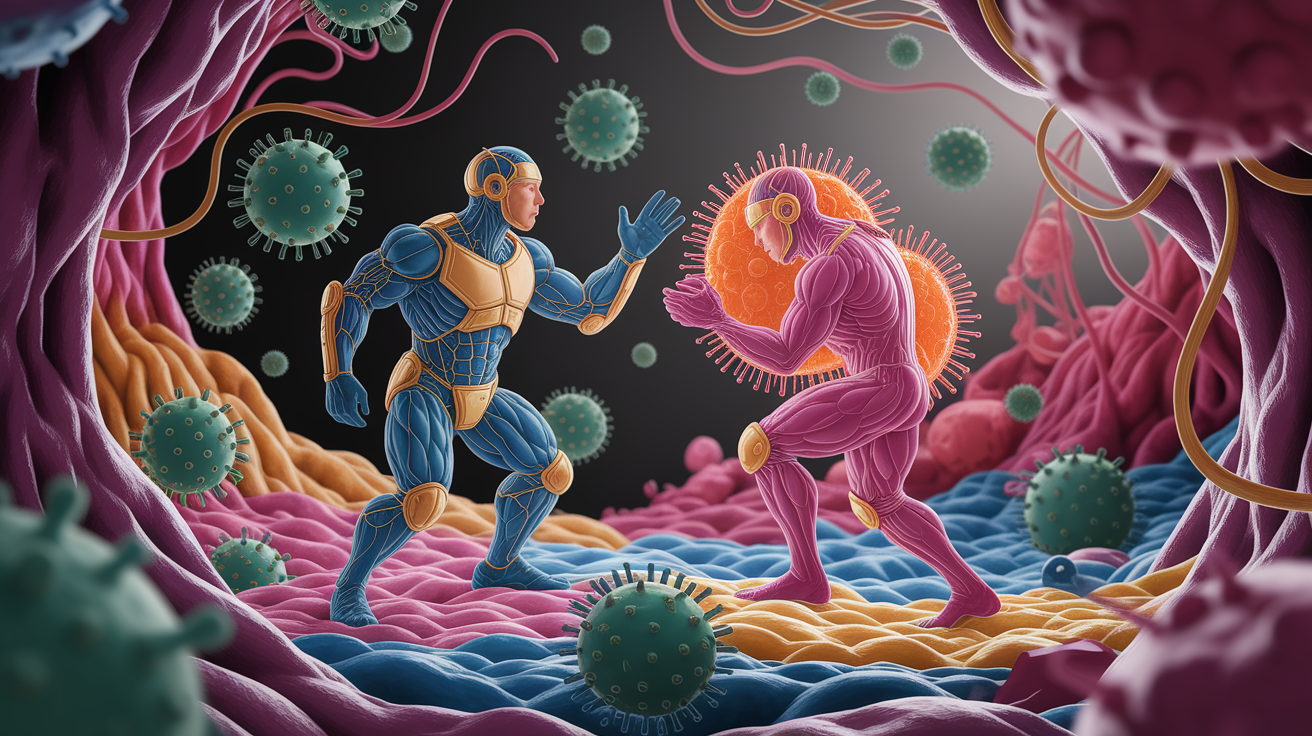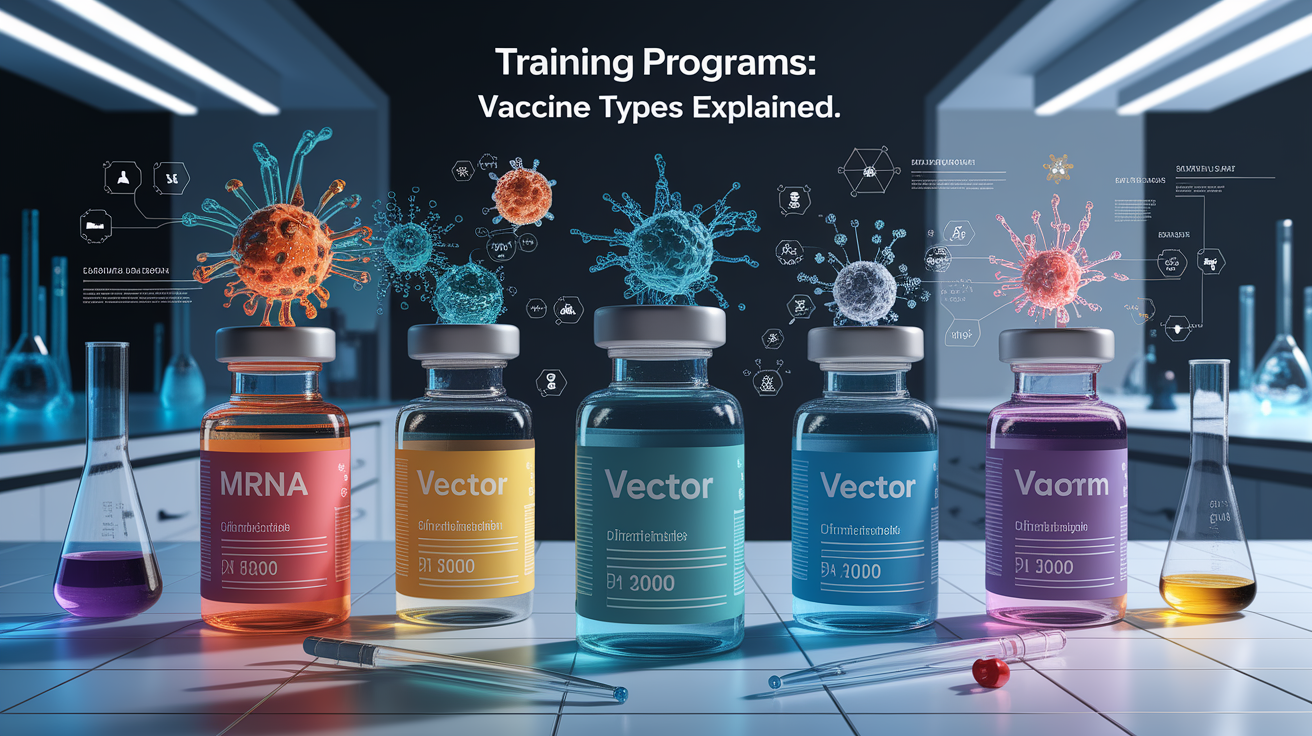Quick Answer: Vaccines act like a safe practice drill for your immune system, showing it what a dangerous germ looks like without actually causing disease. This “training session” builds a strong and lasting defense so your body can take swift action if the real invader shows up later.
Immune Bootcamp Kickoff
Your immune system is like an elite security force, always on guard against harmful pathogens such as viruses and bacteria. When you get vaccinated, this force springs into a special kind of action — a controlled training exercise that involves both parts of your defense system:

- Innate immunity – rapid, general defense that kicks in immediately.
- Adaptive immunity – more precise, long-term defense, custom-designed for a specific pathogen.
Think of it as day one at the academy — recruits (your immune cells) are introduced to a simulated threat and begin their lessons.
Simulating Invaders Without Getting Sick
The magic of vaccines lies in their ability to simulate an infection without causing disease. They contain antigens — unique identifying molecules from a pathogen, such as a protein — but not the parts that make you ill.

Here’s what happens step-by-step:
- Antigen-presenting cells (a type of white blood cell) detect the vaccine antigens.
- They display these antigens like “wanted posters” to other immune cells via structures called MHC proteins.
- Your immune system responds as if a real infection is happening, but without the harmful effects.
This clever trick means your immune system practices its moves safely — no real damage done.
Crafting a Precise Response: Adaptive Immunity
The adaptive arm of the immune system specializes in targeted responses. This involves two main players:

- B cells – produce antibodies that neutralize and tag pathogens for destruction.
- T cells – some help B cells make antibodies, others directly destroy infected cells.
Antibodies act like custom-made locks for invader “keys,” preventing pathogens from entering your cells and marking them for disposal. T cells provide a special ops team for tougher tasks — seeking and eliminating infected host cells.
Forming the Memory Squad
Once your immune system completes its practice drill, some B cells and T cells turn into memory cells. These cells are like seasoned veterans — they remember the appearance of the antigen and can organize a counterattack far more quickly if the real pathogen ever arrives.

This rapid response is why vaccinated individuals often never feel sick when later exposed to the real thing: the memory squad neutralizes the threat before it can take hold.
Training Programs: Vaccine Types Explained
Not all vaccines train your immune system in exactly the same way. Here are the main types, as outlined by the CDC:

- Live-attenuated vaccines – contain a weakened version of the pathogen that can still replicate a little, creating strong, long-lasting immunity often with fewer doses (e.g., MMR, chickenpox).
- Inactivated vaccines – contain killed pathogens or pieces of them; cannot replicate, making them safer for people with weakened immune systems but often requiring booster shots to maintain immunity.
- Subunit, recombinant, and mRNA vaccines – use only specific antigens or genetic instructions to produce antigens; focus the immune system on the most important target features.
Each type is like a different training program — some are more intense, others more gradual, but all have the same goal: preparing your immune system for success.
Graduation Day: Ready for the Real Challenge
After vaccination, your immune system leaves this “bootcamp” with heightened skills and an elite reserve force of memory cells. If the real pathogen appears in the future, your body can deploy antibodies and activated T cells in record time — often stopping the infection before it begins.
It’s the difference between an untrained guard and a highly drilled defense team — one hesitates, the other acts fast and decisively. And that’s the power of vaccines: they give your internal defenders a head start, turning potential illness into a non-event.













